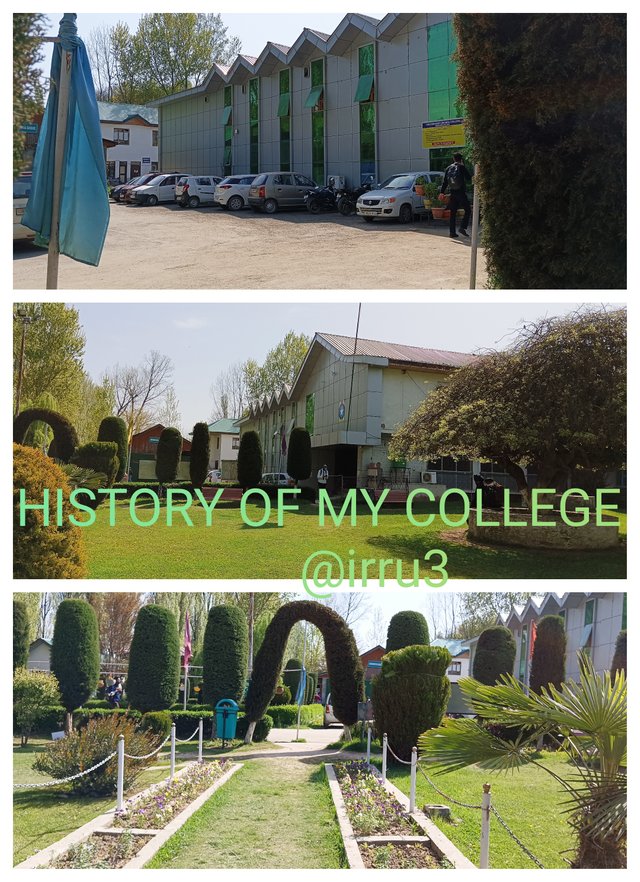
In Baramulla City, in the Indian union territory of Jammu and Kashmir, there is a [University Grants Commission] independent college called the Government Degree College Baramulla. It is a UGC-recognized autonomous institution that is associated with the University of Kashmir. The NAAC has given the university an "A++" rating. This university also holds CPE Status, which stands for College for Potential and Excellence.

History and overview
Father Ignatius Brower and Rev. Father Simmons created the Boys Degree College in Baramulla in 1905 as a primary school with an English medium of instruction for the Catholic Missionaries at the Baramulla settlement. In 1913, it was upgraded to become a high school. The institution received the designation of Intermediate College in 1938.
In 1943, it received a degree and became a degree college, connected with the Punjab University in Lahore. The college was shut down on October 27, 1947, following India's attainment of independence (after Pakistani rebels attacked Kashmir).
On June 28, 1954, the Boys Degree College in Baramulla reopened as an intermediate college, and it was now a part of the University of Jammu and Kashmir. It was then elevated to a degree institution in 1956, and on 1 April 1963, the State government took control of it. According to the UGC Act of 1956, it is currently recognised by the University Grants Commission and associated with the University of Kashmir. In 2002, the Government Degree College in Baramulla became the first institution in the state of Jammu and Kashmir to offer a mass communication undergraduate programme. It provides two degrees in mass communication, the BMMMC and the MCVP, and its graduates have made significant contributions to local, national, and international media organisations.

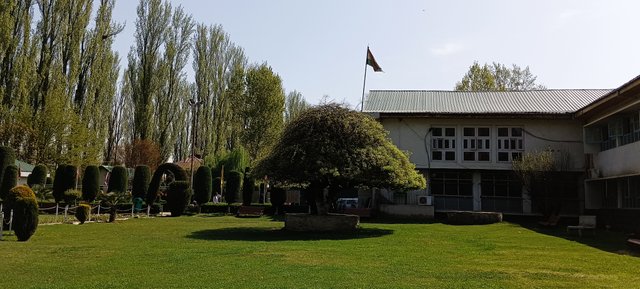
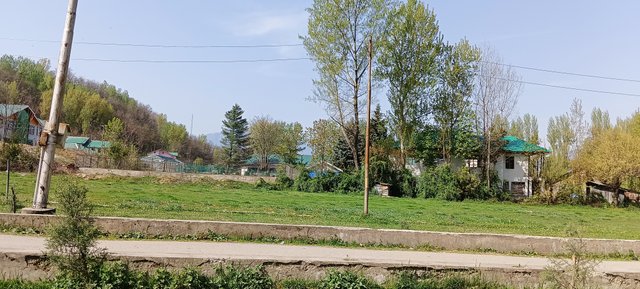
The college's main library is the Allama Rumi (R.A.) library. With all the contemporary amenities needed to support the academic needs of the students, professors, and staff, the library is among the best in J&K. The library is set in a wide, well-kept facility with plenty of natural light and fresh air that is conveniently located. BULLETIN AUTOMATION In 2013 adopting SOUL 2.0, the library became one of the first automated libraries in J&K. The introduction of cutting-edge KOHA software and RFID technology enhanced the automation of the library even more. The college was one of the first in north India to implement RFID technology for automated libraries. The other colleges in the state began adopting the same practises after taking a cue from the library.

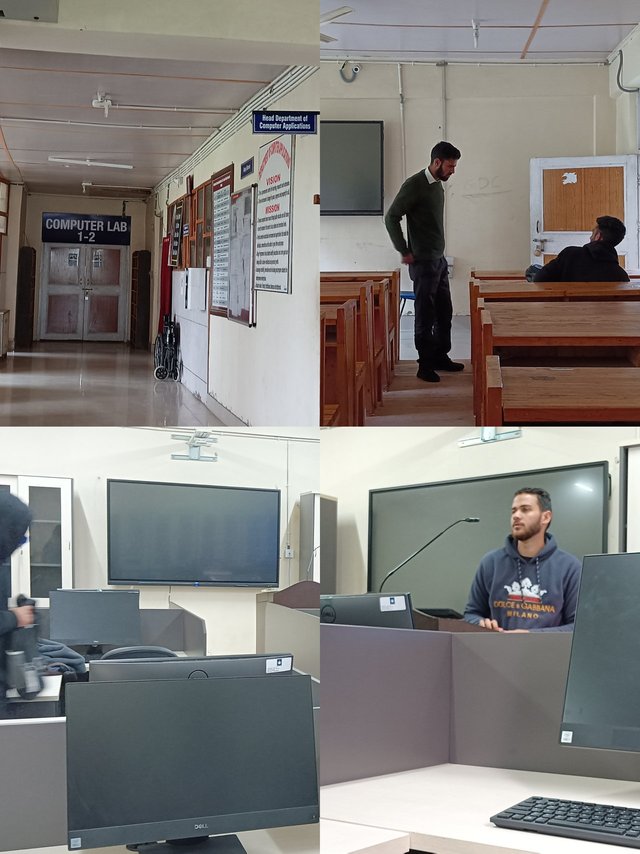
Self-Check in/check out station: This facility enables users to issue and return books without interacting with a human. The student must place his RFID chip into the system, issue it, and then return it. Book Drop: The technology enables users to return books by simply dropping them into the system, which prints out a receipt. Portable Scanner:The handheld gadget quickly reads RFID book tags, assisting with stock control, shelf correction, and book location. Security Gate: The RFID gate makes sure that no one removes a book from the library without officially issuing it on his account. Students can quickly access and find books using the two OPACS (Online Public Access Catalogue System) platforms. The library's collection can be searched by title, author, subject, etc. by users. High-quality CCTV cameras are used to monitor and secure the library.
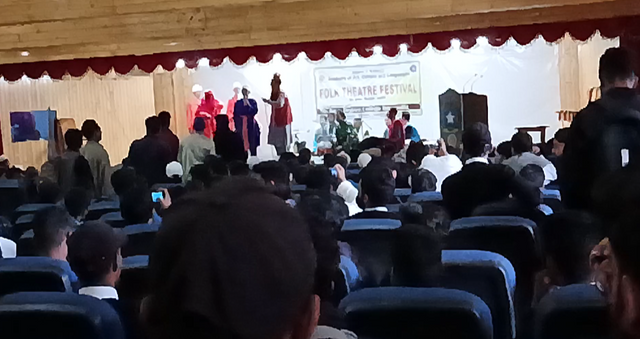
I trust reading about my day was interesting to you. My appreciation for your encouragement motivates me to continue sharing my experiences with you. I appreciate you reading what I wrote.
Downvoting a post can decrease pending rewards and make it less visible. Common reasons:
Submit